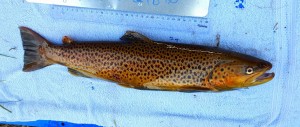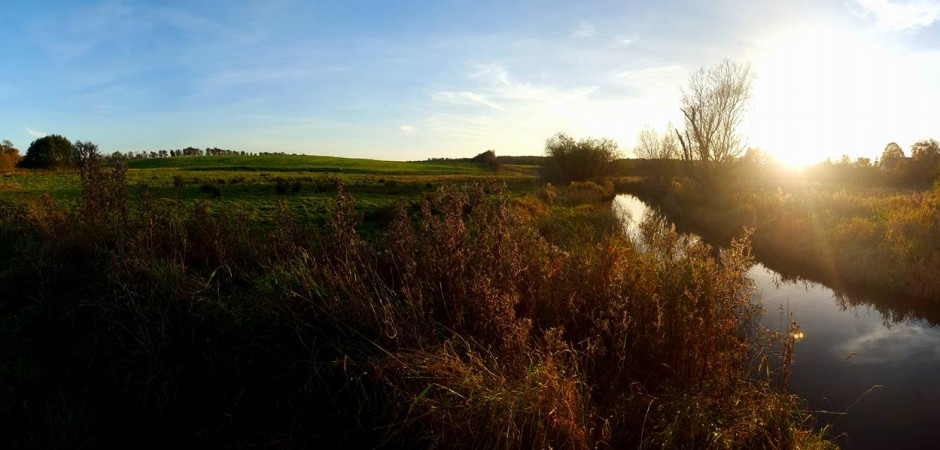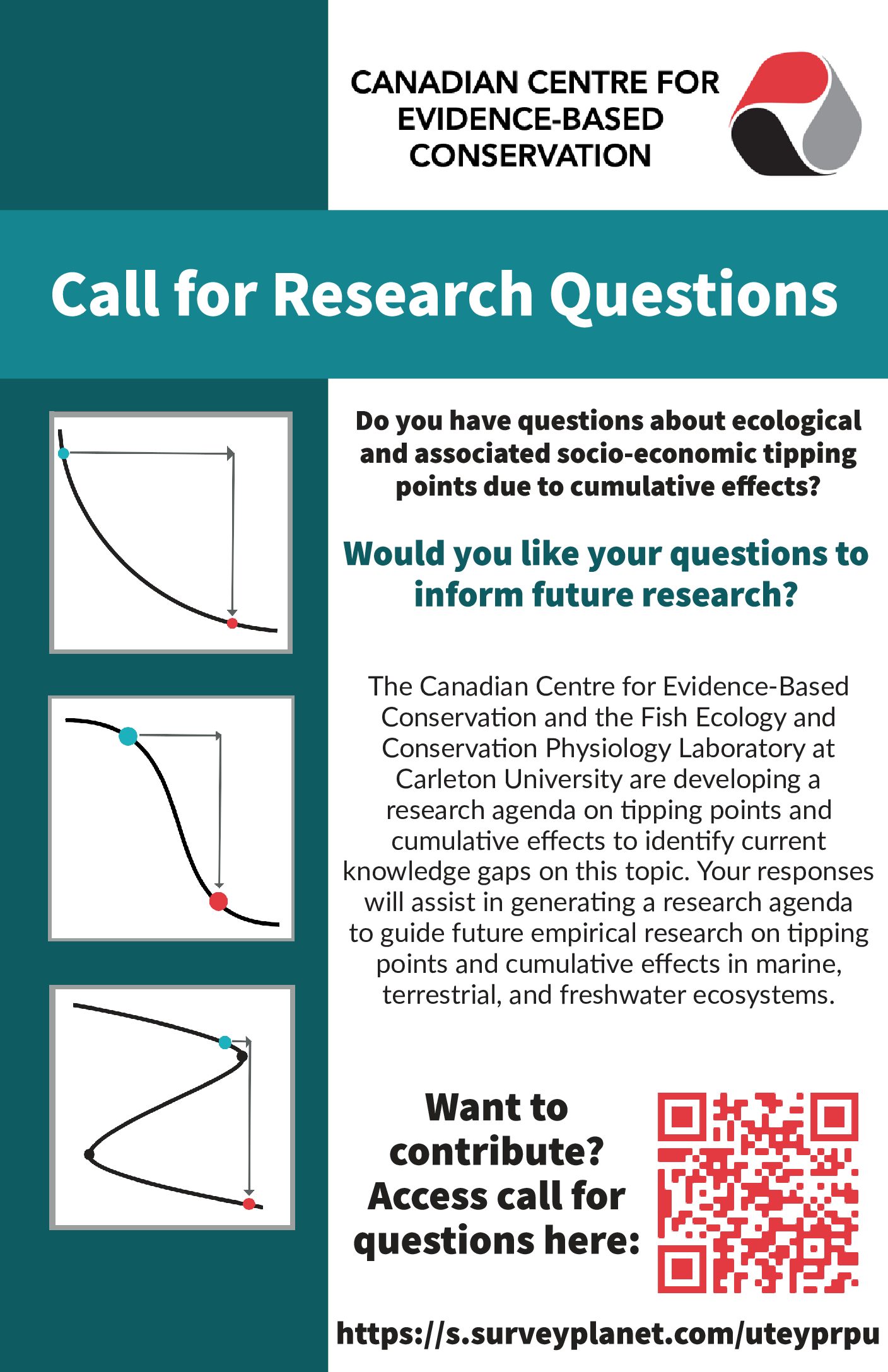Funded By
Research Team
Dr Steven Cooke, Carleton University
Dr Kathryn Peiman, Postdoctoral Associate, Carleton University
Kim Birnie-Gauvin, MSc candidate, Carleton University
Dr Kim Aarestrup, Technical University of Denmark
Dr Martin Hage Larsen, Technical University of Denmark
Research Summary
All organisms experience some combination of natural (food, predation, disease) and artificial (climate change, fishing, habitat alteration) stressors in their lives. These stressors may have immediate lethal effects, or have delayed sub-lethal effects that impact fitness-related metrics. Sub-lethal stressors experienced during one part of the annual cycle may also carry over and have negative effects during other parts of the year. The sub-lethal effects of these stressors on ecological and physiological variables are not well known, particularly at both the short-term and long-term (delayed) temporal scale.

The brown trout (Salmo trutta) is an economically important fish species native to Europe, but is of conservation concern as many populations are declining. Like some other salmonids, brown trout exhibit partial migration, as only some individuals in a population migrate to sea. Thus, sympatric individuals may stay as freshwater residents in natal streams, undergoing small scale freshwater migrations, or becoming fully migratory and mature in the marine environment. The causes and consequences of this life history variation is still debated, and there have been very few manipulative field studies that assess the effects of a sub-lethal stressor on the performance and fitness of individuals that must make the decision to migrate or become a resident. We will look at both short-term and long-term effects of the stress hormone cortisol on multiple metrics that may affect fitness.
This study will provide knowledge about some of the mechanisms by which stressors affect survival and migration strategy, including physiological (oxidative stress, energetic condition), behavioural (prey selection), and physical (morphology) metrics. The effects of individual variation in these metrics and their relationship to a stressor and the selection of a life history strategy (e.g., to migrate or become resident) will help determine the drivers behind population dynamics in this economically important fish, and is relevant more generally to the conservation and management of wild animals in a changing world.





